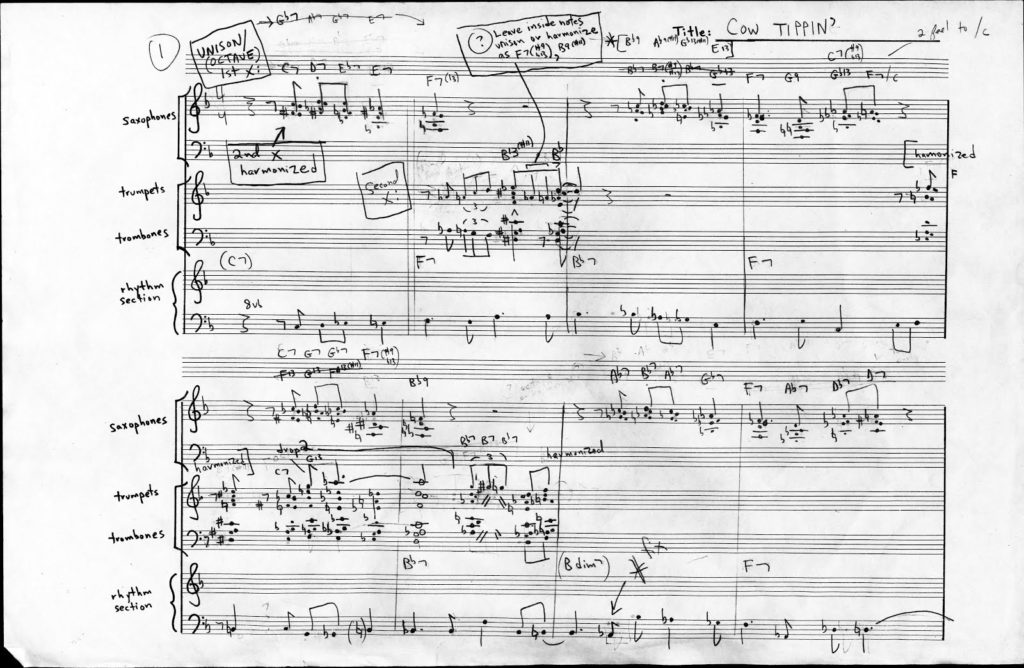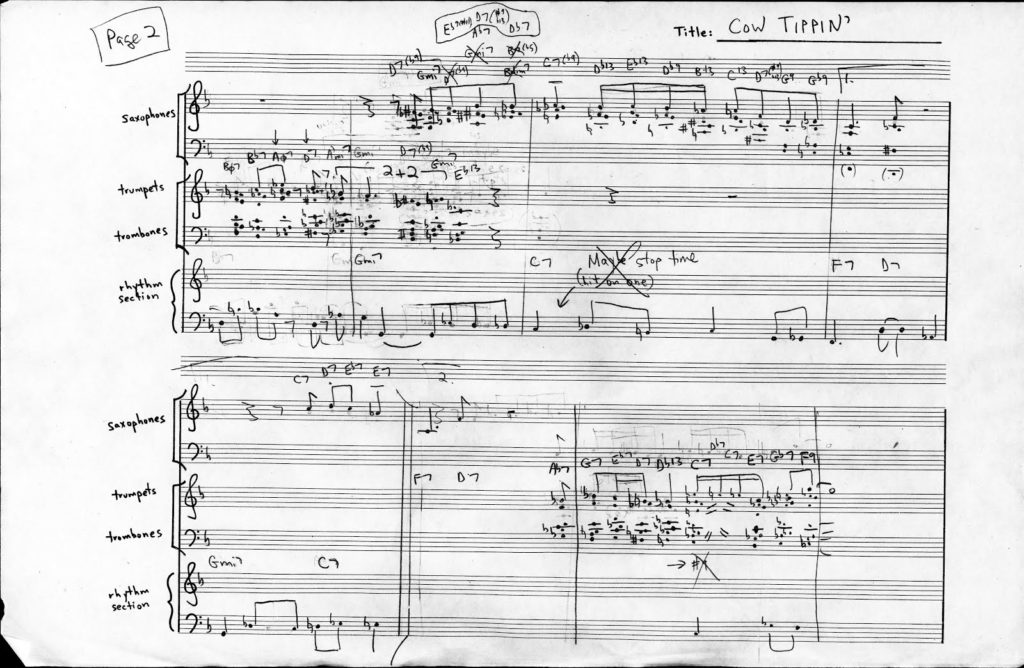Clearly I was delusional in thinking I’d get music written while my kids were home on Christmas vacation. Every time I was on the verge of making progress, someone would interrupt me with an emergency (untying a knotted shoe, finding the glue bottle, witnessing someone’s latest trick, hearing about the latest modification to a Tech Deck skateboard, etc.) or I was breaking up WrestleMania upstairs. I then tried writing at night after getting the kids in bed, but found myself mentally and emotionally exhausted. After a couple of days of frustration, I put the music away. Not only wasn’t I writing anything worthwhile, but I was becoming Señor Grumpy Pants with my wife and kids… which isn’t exactly conducive to creating pleasant holiday memories.The kids are now back in school and I still have a couple of weeks before the spring semester at university starts up, so I should still be on track to get this piece written before the end of the month.
Yesterday (between 9:30 am and noon), I more or less finished the “in head,” adding brass responses to the saxophone section’s melodic statements on the repeat. Here’s a Finale MIDI playback sample of the opening melody:
A saxophone soli is next on my writing agenda.
Hearing a MIDI file might lead folks to believe that I write directly into Finale; I don’t. I’ve been using pencil and eraser on big sheets of pre-formatted (reduced) score paper. When I get a section completed, I’ll enter it into the Finale music notation program to check my work, to make sure it sounds like what I had imagined. Only on rare occasions I will play an idea directly into Finale.
The following scans of my score paper include chord symbols, scratches, and notes to myself. It should give some insight into how I work and think. [The images should expand by clicking on them.]
This passage was tricky on a few fronts. I didn’t want the brass responses to be too symmetrical and predictable. I wanted some overlap with the saxes, but at the same time, didn’t want to get in their way. Over time, I debated keeping the brass in unison, or harmonizing them, or doing a combination of unison and harmony. As you can see, harmonizing ultimately won. This was challenging against the already harmonized saxes.
I’ve been really conscious about keeping the ranges within the publishable limits of “edu-jazz,” which has occasionally led to creative problem solving with trumpet section voicings, to avoid muddiness in the low register. Overall I’m pleased with what I’ve got so far. I think it’s working.
Before ending this week’s post I’ll briefly touch on one more topic — self doubt! I’ve written a lot of music over the years, most of which has been well received. I have ample musical training, experience and have attained a position teaching music. However… even at this stage in my career, I still wrestle with dubious thoughts while writing. A couple of times, I found myself questioning, “Can I not even write a simple blues… what’s wrong with me?” I now realize and accept this as merely being a natural part of the creative process. I eventually get over myself.
I mention this because I believe there probably aren’t enough composers/artists openly sharing how they wrestle with their art and with themselves as they create. I think it happens to many, if not most of us. The key, at least for me, is not giving excessive heed to potentially crippling thoughts, and knowing they will come AND GO.
Until next week… EM
January 10th addendum:
Ray DiCapua, a two-time McDowell Colony resident and studio art professor at UConn, wrote the following comment on Facebook in response to this post. I add it for the benefit of those who weren’t privy to that discussion thread.
“Over the years, I’ve leaned to include the presence of doubt as a necessary part of the creative impulse. For me, the unknowing, insecure tone of our heart/mind is the very environment that is necessary (for me anyway) in which I might find something new, as yet unseen or recognized. Turning into the doubt, welcoming it, can be a powerful practice. It’s a process that I discuss with students all semester.”
[Ray makes remarkably detailed, large-scale charcoal drawings. If you’re curious, take can take a look at the following example of his work: https://raydicapua.com/studio-art-practice/selected-works-2003-2014]


